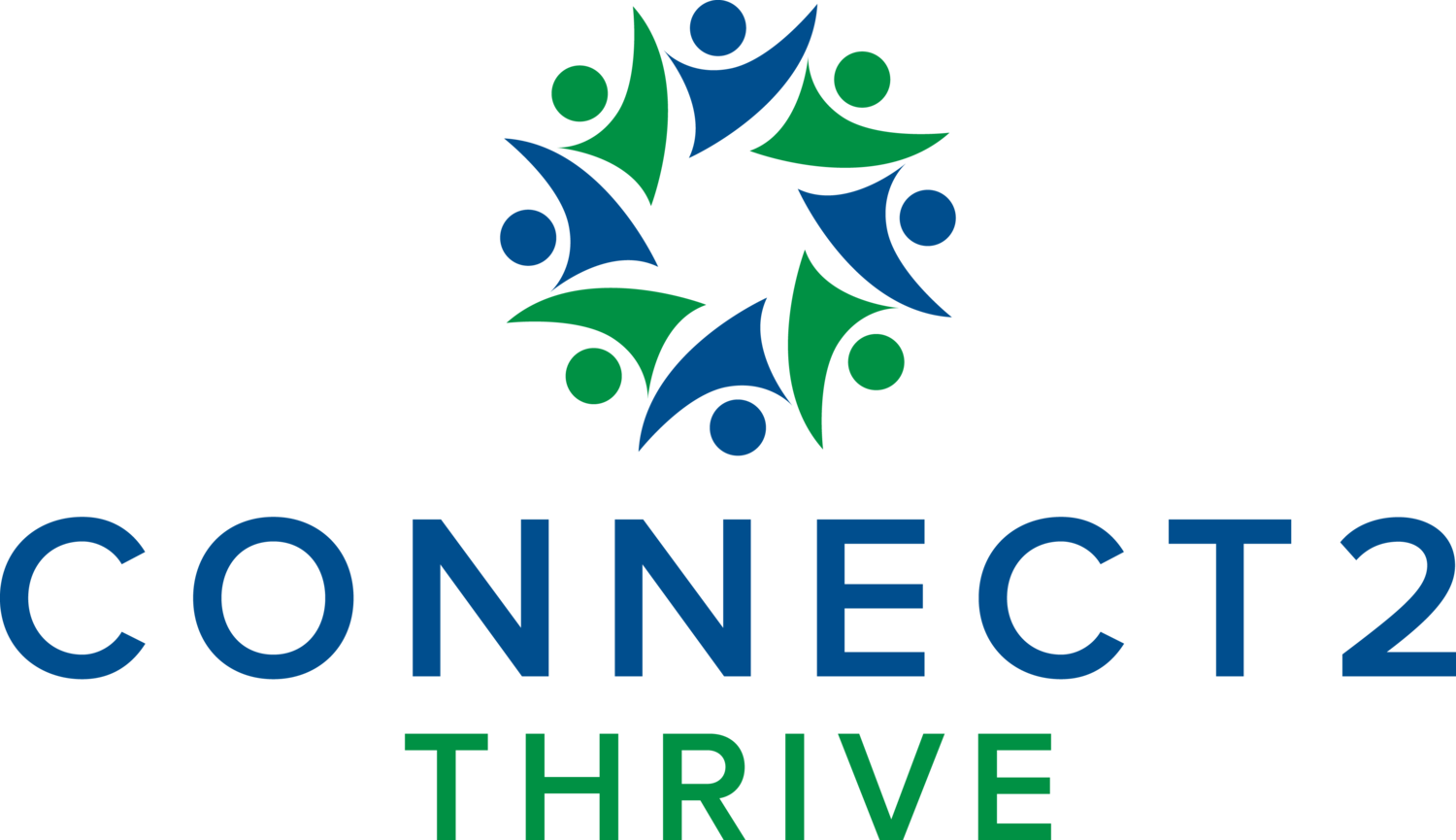Deep Brain Reorienting: Unlocking body memory
Sometimes, no matter how dedicated we are to healing, some patterns seem untouchable. These cycles often feel like gravity—a universal force outside of our control. Psychiatrist Frank Corrigan developed DBR after studying EMDR in the 1990s. He found that while EMDR facilitated profound change for many of his patients, many either could not tolerate the protocols or were left with trauma symptoms that seemed out of reach. Deep Brain Reorienting is a new approach to healing trauma that safely allows these early brain areas to heal. DBR involves three foundational principles:
Depth of Targeting: DBR goes beyond surface-level thoughts, aiming to reach the core brain areas where traumatic memories lodge and influence behavior.
Engagement with Body Memory: By focusing on sensations in the body, DBR taps into stored memories that the brain may not consciously access, making it a somatic therapy that is highly effective on its own. It can also be integrated with other trauma modalities to improve results.
Re-orienting the Neural Pathways: DBR gently retrains the brain to process and release trauma through a natural re-orientation of deep brain pathways, much like slowly tuning a dissonant instrument back to harmony.
Why is early trauma healing so important?
Experiences in the womb, at birth and during early childhood profoundly affect one’s long-term physical, emotional and mental health. Brain and nervous system development, immune system strength, learning ability, stress coping capacity and physical coordination are experience-based. Trauma symptoms that arise from early life separation, neglect, or abuse experiences can remain painful and unresolved, even when there has been no later abuse. This threat responsive can gives signals of fear or panic, pain of aloneness, anxiety, depression or negative thoughts. and Any such difficulty may lead to efforts to control distress through substance abuse, eating disorders, or self-harm – or it may be expressed through troublesome anxiety or mood disturbance. It is not so much the clinical presentation which is important for DBR – but whether there is an underlying event or experience at the origin of the distress.
Why trauma sticks: The role of shock in stuck patterns
At the core of trauma lies a “shock response,” which disrupts normal processing and often leaves memories fragmented and buried. Think of it as a “glitch” that prevents the brain from filing these memories away correctly. These disturbances can result in “stuck” emotional patterns—whether it’s feeling trapped, perpetually anxious, low self worth or unable to find peace. DBR works on releasing the intense, visceral memory held in the body and the brain’s deep structures, helping clients move beyond these frozen states.Unfortunately, it is not addressed by other forms of therapy, and often acts as a barrier to healing. When the shock of trauma, loss or deep emotional pain goes untreated, the injury is unable to heal and the experience remains unprocessed. Deep Brain Reorienting (DBR) is the first therapy to target shock and has been transformational in trauma treatment. DBR leverages recent neuroscience insights into trauma and the brain’s structure, particularly the brainstem and limbic system. Trauma can hijack these regions, activating fight, flight, or freeze responses even in non-threatening situations. Through this recalibration, clients learn to feel safer within their bodies, reducing anxiety and fear and allowing for a more positive sense of self.
Deep Brain Reorienting offers a gentle, yet profound way to rewire the brain’s trauma responses, providing hope for those who feel stuck in cycles of depression, PTSD, or anxiety. By addressing trauma at its deepest roots, DBR empowers clients to reconnect with themselves and face the world with renewed strength and resilience.
